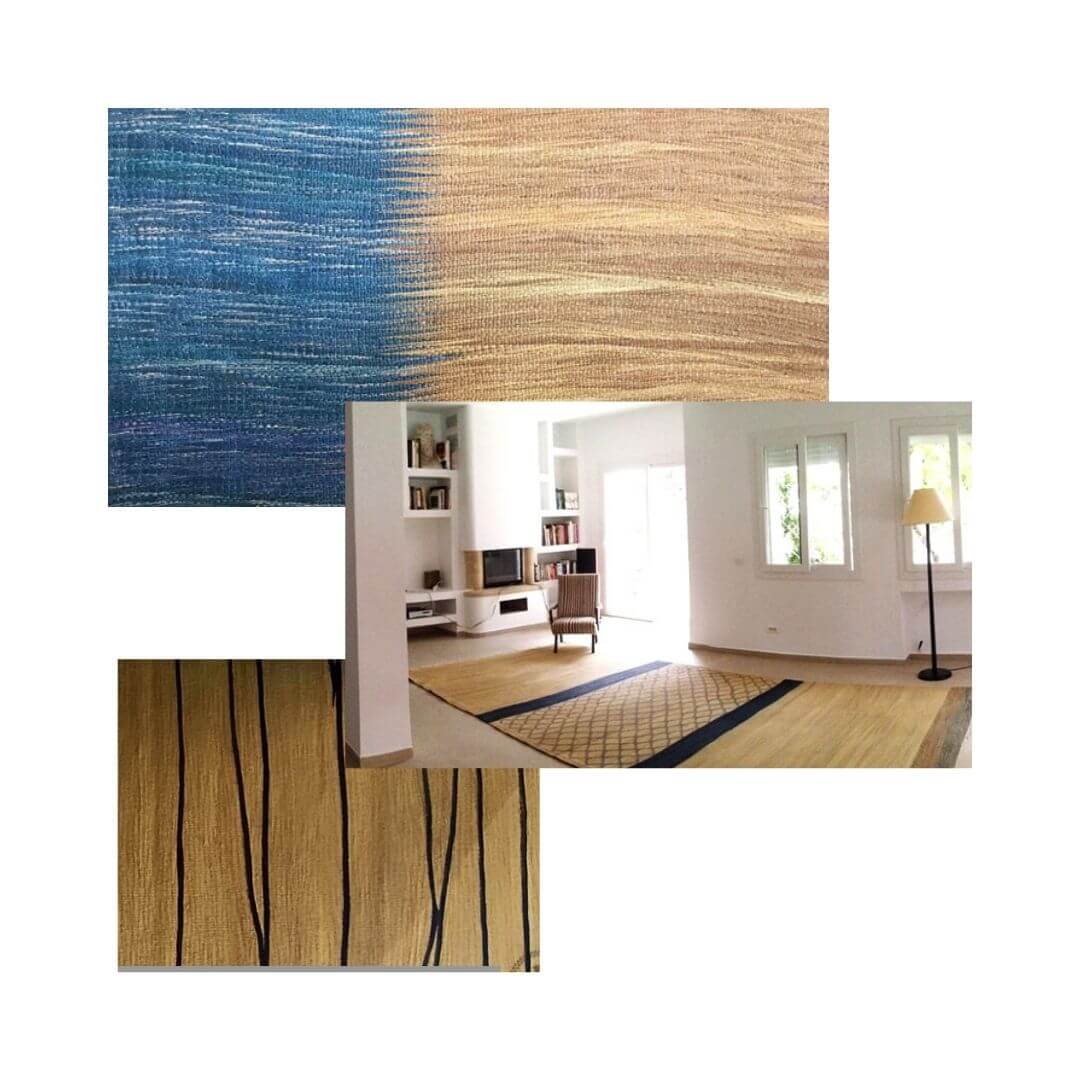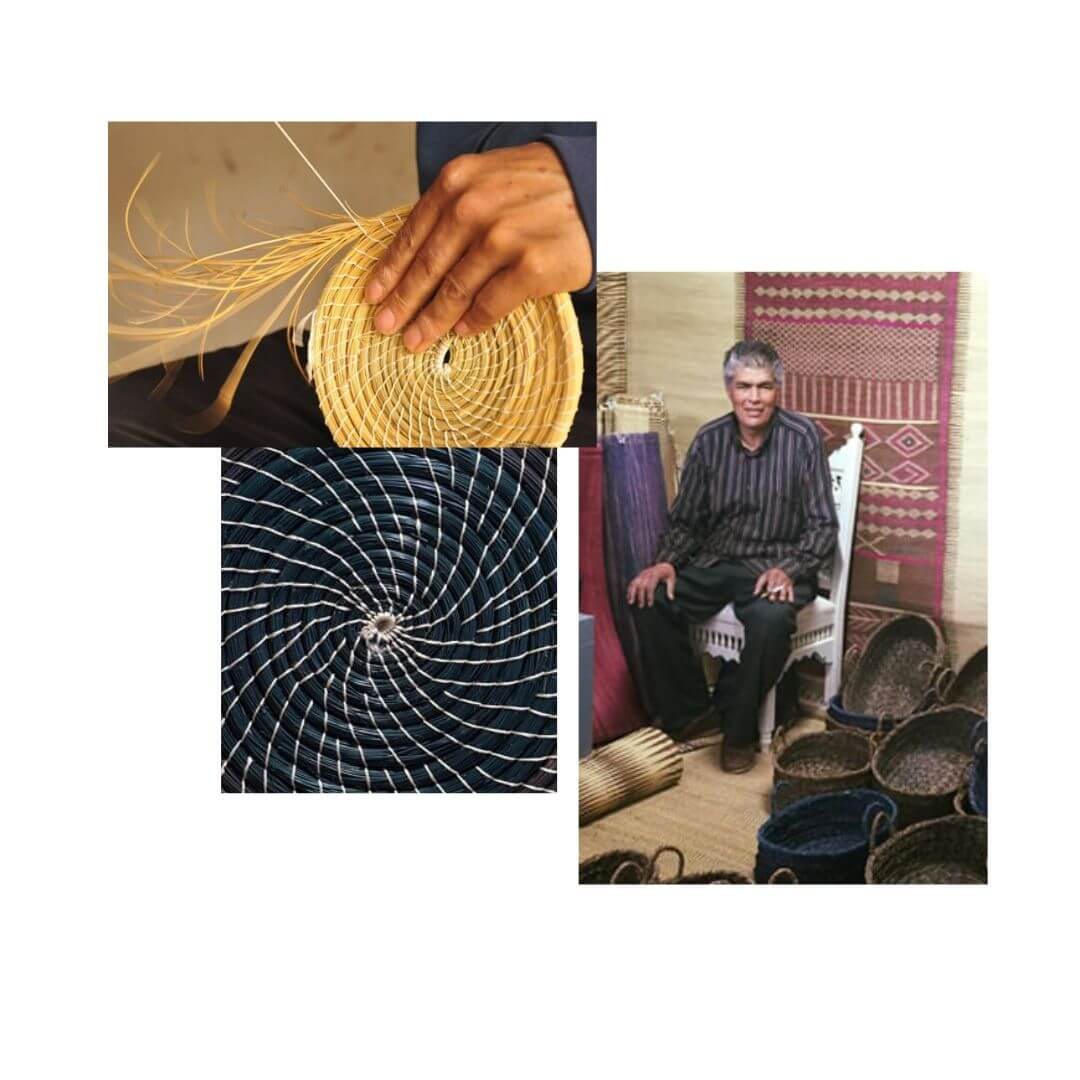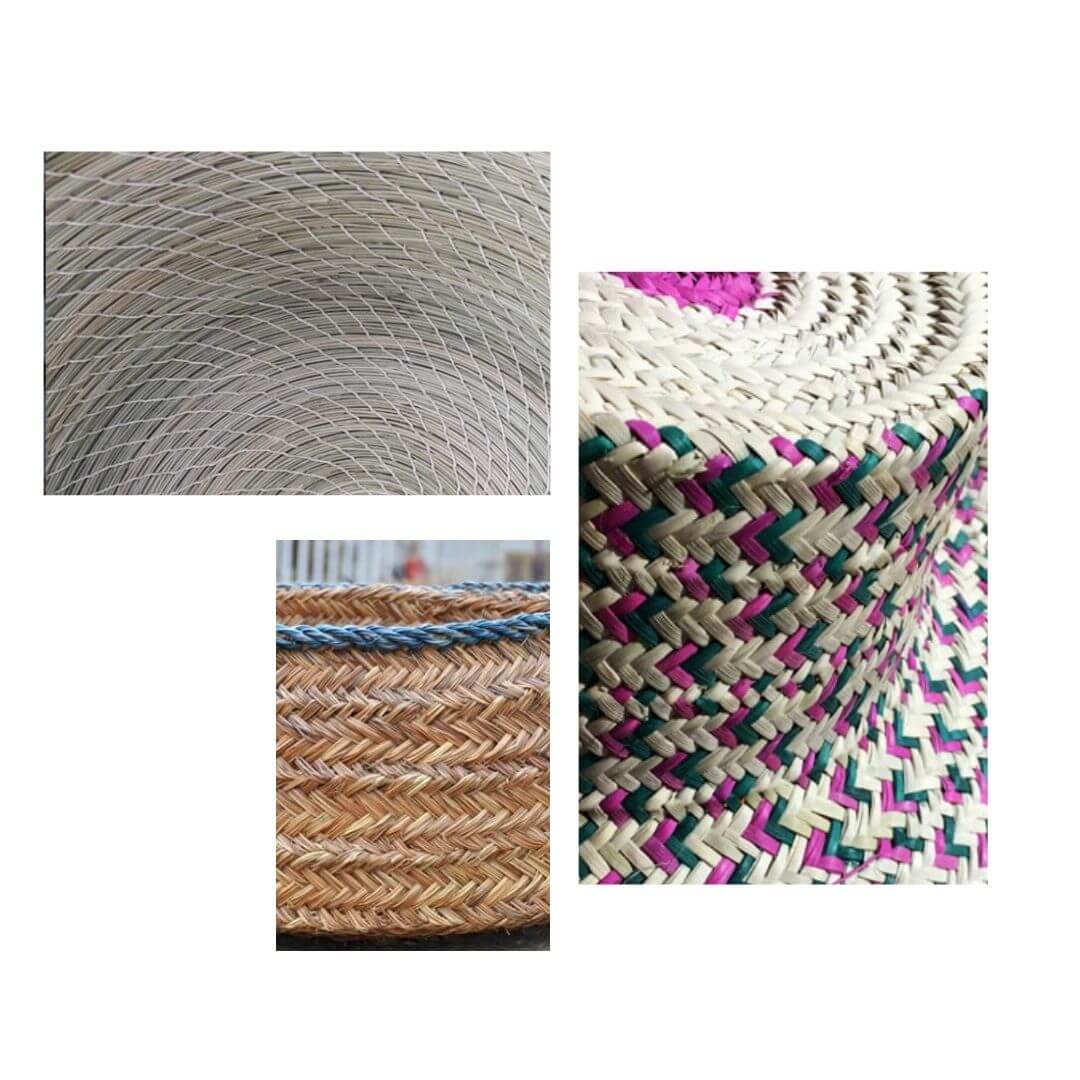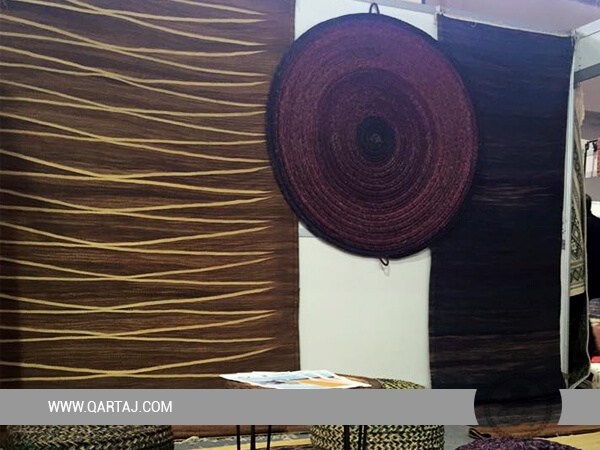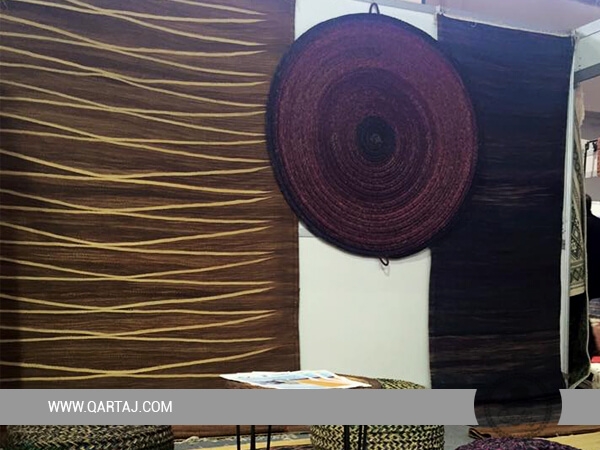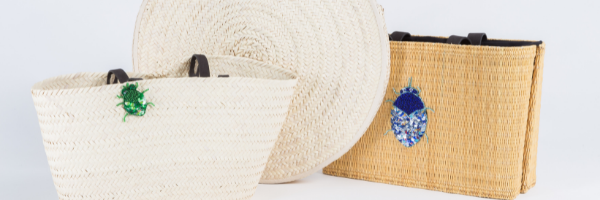
Tunisia is more than just a popular travel destination. It’s material heritage is of great significance for the country and its culture. This heritage is known by a few objects that have become national symbols for Tunisia’s culture and society. The jasmine flower, the small red round “chechia” hat and the famous “koffa” bag, made of natural Halfa fibers, also known as Esparto grass, cane or palm leafs.
Tunisia has a natural reserve of Halfa plants, a typical Mediterranean plant. It grows spontaneously, especially in arid and semi-arid environments.
How is it made?
The first step in using Halfa is to harvest its fibers. The leaves are rolled up with a stick and then torn off sharply, which allows them to be cut without damaging the seed, allowing the plant to regrow.
Artisans, both men and women, weave Halfa fibers to make various handcrafts. Since Halfa is a hard and resistant fiber, it is common for it to cause small cuts and wounds on the hands of the artisan.
Halfa is the basic raw material of many traditional handcrafts. These products can be found throughout the country. In the central regions of Kasserine, Hergla or Chebba, baskets and “scourtins” are woven from it, which are typically used for the extraction of olive oil. On the side of Zriba or Matmata, women use it for weaving mats and carpets. The halfa is also traditionally used for the manufacture of baskets and transport bags, storage or even sandals and ropes.
Once woven for purely functional use, today halfa is also used for its aesthetic and decorative appearance. Its resistant fibers with its soft naturally yellow color are the raw material of choice for many artisans to create authentic and original decorative objects. Tunisian artisans have diversified their creations so that they fit into contemporary interiors, in Tunisia and abroad. In the Sahel region, halfa products have expanded to include multiple objects: pendant lights, mirrors, flower pots, small stools, and much more. The fiber is easy to manipulate so depending on the creativity of the artisan, new products can be invented any time.
Natural raw halfa is yellow in color. In interior regions, and in particular in Kasserine, creations are characterized by colored objects. The weaving process is different, making the boxes, baskets and trays more solid. Colors are added to the grass with natural dyes.
In fact, the basket weavers are very ingenious, they work squatting, the loom being stretched horizontally in front of them, barely raised from the ground; it is with their fingers that they pass the fibers of the weft between the threads of the warp, the fingers here playing the same role as the shuttle in an ordinary loom.
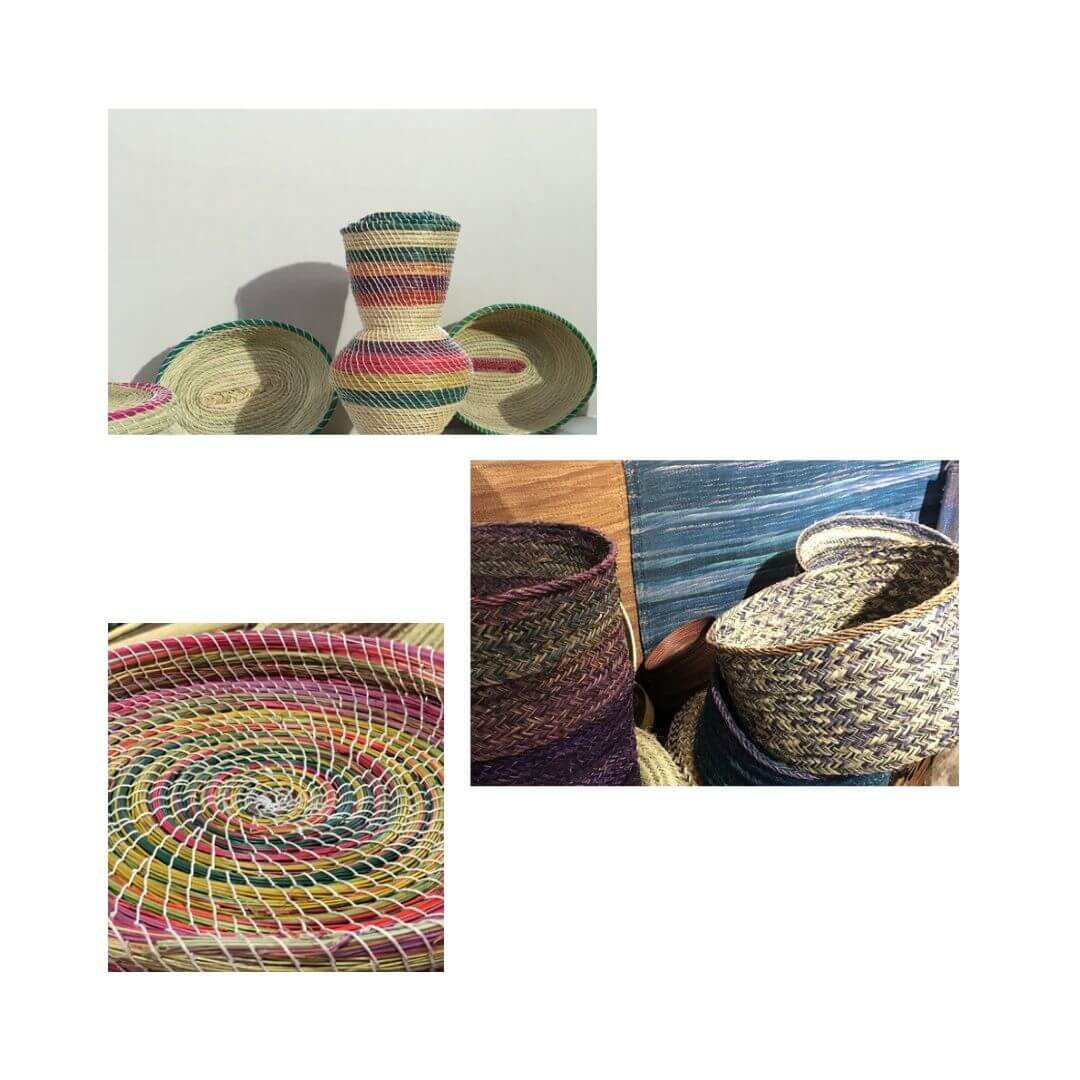
From green plant to home decor
The fresh rush is harvested in early summer and then dried in bundles. Then, the rods are sorted according to color, size and caliber to ensure the homogeneity of the weft and the uniqueness of the color of each finished piece. The artisan can then dye the rushes in different colors in order to constitute the necessary stock for the year.
The rush is comparable to threads which can be woven into fabric. The framework of a product, like a basket, is formed by strong threads or by small cords, while the weft is made of the vegetable fibers itself. These fibers can be dyed or natural in color and both can be combined to obtain a variety of decorative designs.
Halfa, an everyday fiber for Tunisians
Artisans use many types of leaves, stems, and straws to make or decorate baskets, hats, handbags, rugs, or other items, as well as to braid rope.
Today, halfa has entered our daily life. She is the ‘hsira’, weaving, that furnishes our homes. It is the basket, pouf, basket, tray, or fan that decorates our homes. It is the famous shopping basket, the “koffa”, that accompanies the majority of Tunisians in the market. Products whose pure, unadorned aesthetic is an ode to natural beauty and the quality of the materials used.
Reviving tradition
Halfa has long been used to create objects but the market became stagnant with overproduction of the same well-known designs. About ten years ago, artisans decided to innovate. Over time, things have evolved, the yarn of vegetable fibers has become thinner, as fine as cotton or woolen yarn; women artisans dye it with bright and original colors to make flat woven rugs, such as “margoums” and “kilims”.
Due to this innovative approach, working with plant fibers has known its great return on the Tunisian market. Artisans are more creative than ever and regular objects are revived with new designs and ways of manufacturing.
